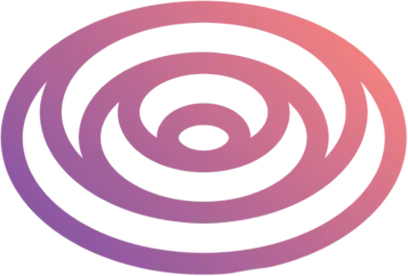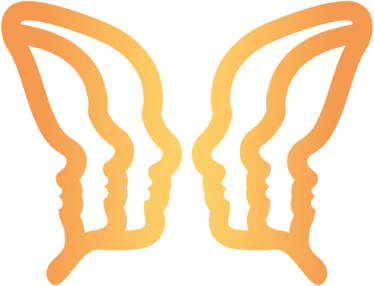Stu Baxter is an 80-year-old Presbyterian Clergyman in Nebraska who has a lot of NLP training, and is a chaplain for the police and fire departments. He has also taken the formal training for chemical dependency counseling and for addictive gambling treatment. He routinely uses Richard Bandler’s compulsion blowout (1, 2) as part of his work with addictions. He gets two hours with people who make steps four and five a part of their treatment plan. They do this near the end of their in-house phase of treatment.
In an informal follow-up on twenty-five people who had been out of treatment for at least a year, all were clean but two (92% success).
“In a conversation following some work on a young man’s compulsive drug addiction, he said, ‘I’ve discovered I’m addicted to gambling. In a therapy group we put my losses up on the board and added them up and they came to over $7,000.’ ” “Well, you know the compulsion procedure now just as well as I do. What kind of gambling shall we deal with?” “Scratch cards; they’re everywhere.” “OK, there is a scratch card there in front of you. Where do you feel the excitement?” “Heart rate and hands.” “What submodality shall we change?” He chose size. “Why size?” “Because making it bigger gives me more squares to scratch.” (Note from Steve: This is actually using the submodality “number of images” rather than size.) “Sure enough, when he increased the size, his urge to gamble increased. So I had him make the picture bigger over and over again using the “ratchet” method. It took about ten minutes until the feeling was gone. (Note from Steve: since size is a submodality with an infinite range, it might have been better to use a rapid continuous expansion to infinite size (infinite number)—bigger than the known universe—rather than the ratchet method, and this would also have been faster.) “Then I had him future-pace his new response to scratch cards, and found that it had already generalized to all his other gambling contexts. It is nice to see a client smile at the end of a future-pace test. It is even better when they laugh out loud. The reports that clients give about what their brain does with the image during the process are often amazingly original and whimsical—an endless source of fun and profundity.”
Stu finds a wide variation in how long the process takes. “I ask them to change the driving submodality at exactly the right speed to get the most increase in feeling out of it, but then to return to the original submodalities very rapidly and start again without delay, so that there is no decline in the feeling of compulsion. Then if there is no shift in the mental image for several minutes I ask them to increase the speed until it works. The longest was with a clergywoman whom I helped to quit smoking who took fifteen minutes. Her breathing changed, her color changed, she broke out in cold sweat, and near the end I thought I might have to call 911. After fifteen minutes the image changed, the feelings left, and four years later when I met her at a meeting, the effect was still in place—she had experienced no recurrence of smoking. On the other hand, sometimes people experiment with the process while I am still explaining it, and they are done by the time I have told them what to do! The effectiveness of the process does not seem to be related to the length of time it takes.”
References
1. Andreas, Steve: “Eliminating a Compulsion” (DVD) Evergreen, CO, NLP Comprehensive, 1996.
2. Andreas, Steve; and Andreas, Connirae: “Eliminating Compulsions” Chapter 5 in Change Your Mind—and Keep the Change. Moab, UT Real People Press, 1987.






